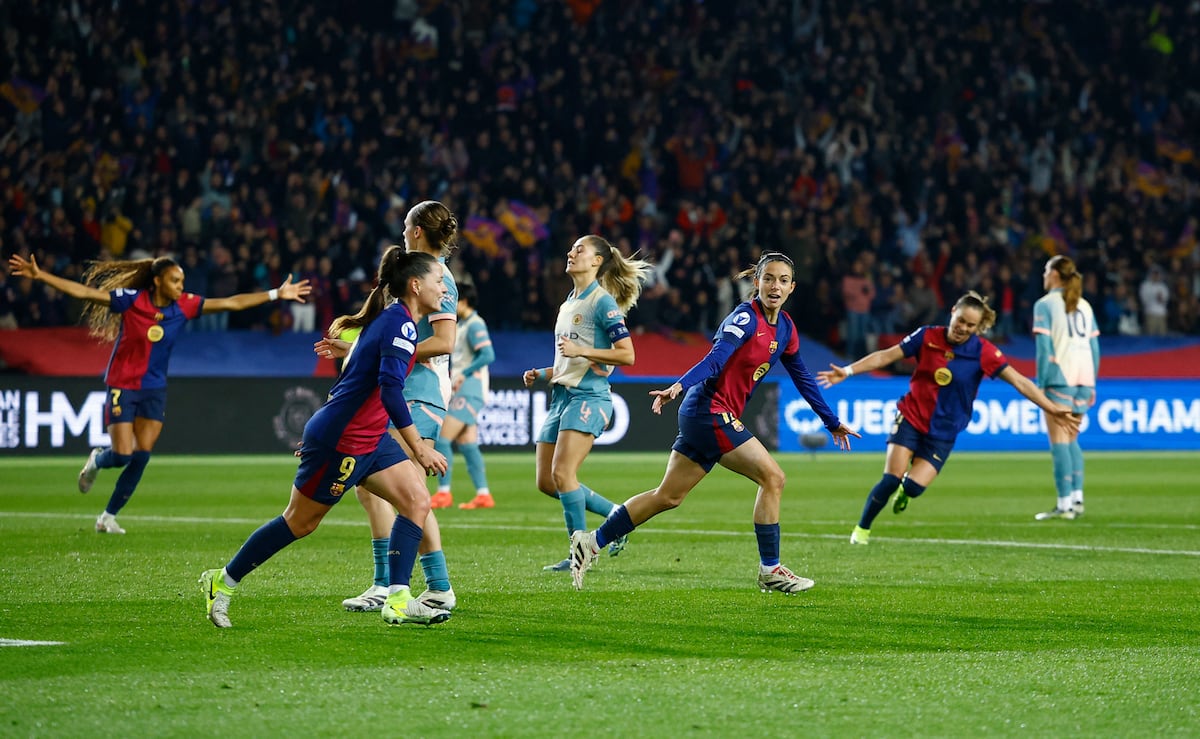Two days before turning 91, Henri died Rick van Looy, Rik II, Emperor of Herentals.
Fabulous sprinter, unique classicomaniac, Van Looy filled an era in Belgium and in the world between two other of the greatest, Rik van Steenbergen, Rik I (and it always hurt Van Looy not to be the only Rik, and that is why he always chose another glorious appellation, Emperor of Herentals) and Eddy Merckx, whom he feared and tried to despise before being overthrown.
Intransigent, dictatorial, proud, envious, bad tempered, sarcastic, individualistic, unfriendly. And wrapping it all, passion. In his body with sculpted muscles, what calves and quadriceps, in his reptilian gaze, evil at times, always vigilant, were all the attributes of the true champion. It was also on the road. “He was a scorer. And on a team three midfielders or four defenders can play, but there can only be one scorer,” explained Walter Godefroot, a great Belgian cyclist always overshadowed by the greatest, to explain why when Merckx turned professional at the age of 19 in Van Looy’s Solo-Superia team’s reception was not spectacular. “A super champion cannot be a good teammate. It has to be selfish, individualistic. It’s not your fault. It is reality.” And at night, at the team dinners, Van Looy would get together with his people and tease the boy Merckx, and would annoy him when he called him Jack Palance, the bad, bad actor, the Attila of Attila, king of the Huns, the film that filled the theaters.
If the Spanish or Italian cyclists of the time had become tough and resistant, tireless, pedaling in the darkness of the black market, Rik van Looy, born on December 20, 1933 in Grobbendonk, on the outskirts of Herentals, northern Belgium, a wasteland then east of Antwerp, he began delivering newspapers when Van Steenbergen reigned. His professional career, after having been the best amateur in Belgium, lasted from 1954 to 1970. It began with Van Steenbergen at the top — in the 1950s the first Rik won three World Cups, two Roubaix, two Flanders, one San Remo and stages in the big three—and it ended when the Caníbal Merckx was indisputably the best in history. But Van Looy managed to leave his deep mark. He was the first idol of the masses, of fanatics who never allowed themselves to worship another God. Those were the times when children recognized cyclists by the stickers they collected, and they looked for them with their mouths open, scrutinizing the sales in the hotel dining rooms or at the door. And Van Looy, his way of moving, of acting, fulfilled everyone’s desires.
He turned his team into a battalion of faithful soldiers, mercenaries who denied themselves the chance of glory to serve him. They constituted their now mythical red guard in Faema, fierce cyclists who dictated their law in the peloton—no one moved without their permission—and protected them to the last meter. They were his creation: the first team with a single command, highly paid gregarious people who put the platoon to sleep, canceled escapes; the first train to launch the sprint. They were his achievements: the first cyclist to win the five monuments (later achieved by Merckx and Roger de Vlaeminck): three Paris-Roubaix, two Flanders, one Liège, one San Remo, one Lombardy, and he also won the Paris-Tours, important So, the classic that Merckx never won. His only consolation, sad.
He was yellow jersey in the Tour (seven stages) and in the Vuelta (18), and pink in the Giro (12), and also won two World Championships (1960, in Karl Marx Stadt, a city in East Germany that before and after the GDR is called Chemnitz; 1961, in Bern), and he did not win three, which he had equaled Van Steenbergen and Merckx, because in 1963 he suffered what is considered the greatest betrayal that is remembered in the history of the World Cups. On the eve of the race, in Renaix, he made all those selected, most of them members of his red guard, sign a pact: they would only run for him, their only mission was for him to win. And he would generously let them share the prize for victory among themselves. “And if you don’t win, will you pay us too?” Gilbert Desmet, his last pitcher, dared to ask him. “No, only if I win,” he replied. At the last kilometer, Benoni Beheyt, who should have been the penultimate thrower, said his legs hurt and he couldn’t do his job. Desmet then began his throw, but he did it so hard that Van Looy lost his wheel, was cut off by the wind and saw how Beheyt passed him on the left in his last breath. He tried to close it, but Beheyt slapped him away. Beheyt won. Van Looy, second. The Belgian press lamented that an “intruder” had stolen the emperor’s glory. Van Looy’s revenge was cold and terrible: with the rainbow Beheyt could only win one race, in Versailles, the penultimate stage of a Tour from which Van Looy had retired on the third day. Afterwards it prevented him from winning anything. Heartbroken and alone, Beheyt retired two years later, at just 25.
From Herentals, like Van Looy, is Wout van Aert, who could be his heir if it were not for the fact that he has never desired him. They haven’t even barely spoken to each other. And in Herentals, in the magnificent trauma service of its hospital, ironically, Eddy Merckx, who is now 79 years old, received a metal hip a week ago, an implant to repair a fracture suffered when falling from his bicycle.







